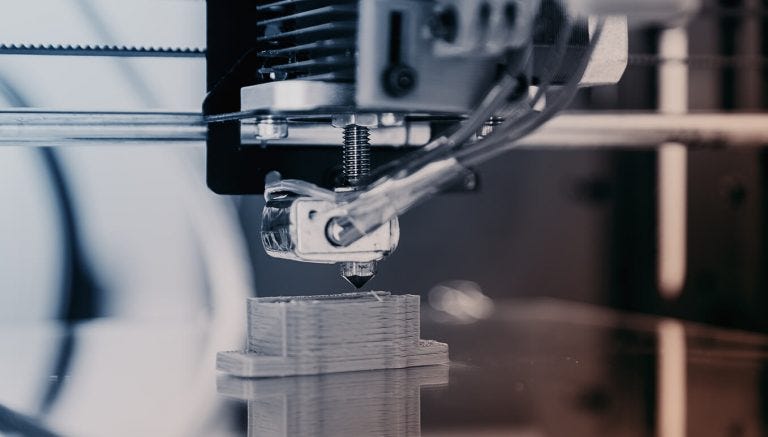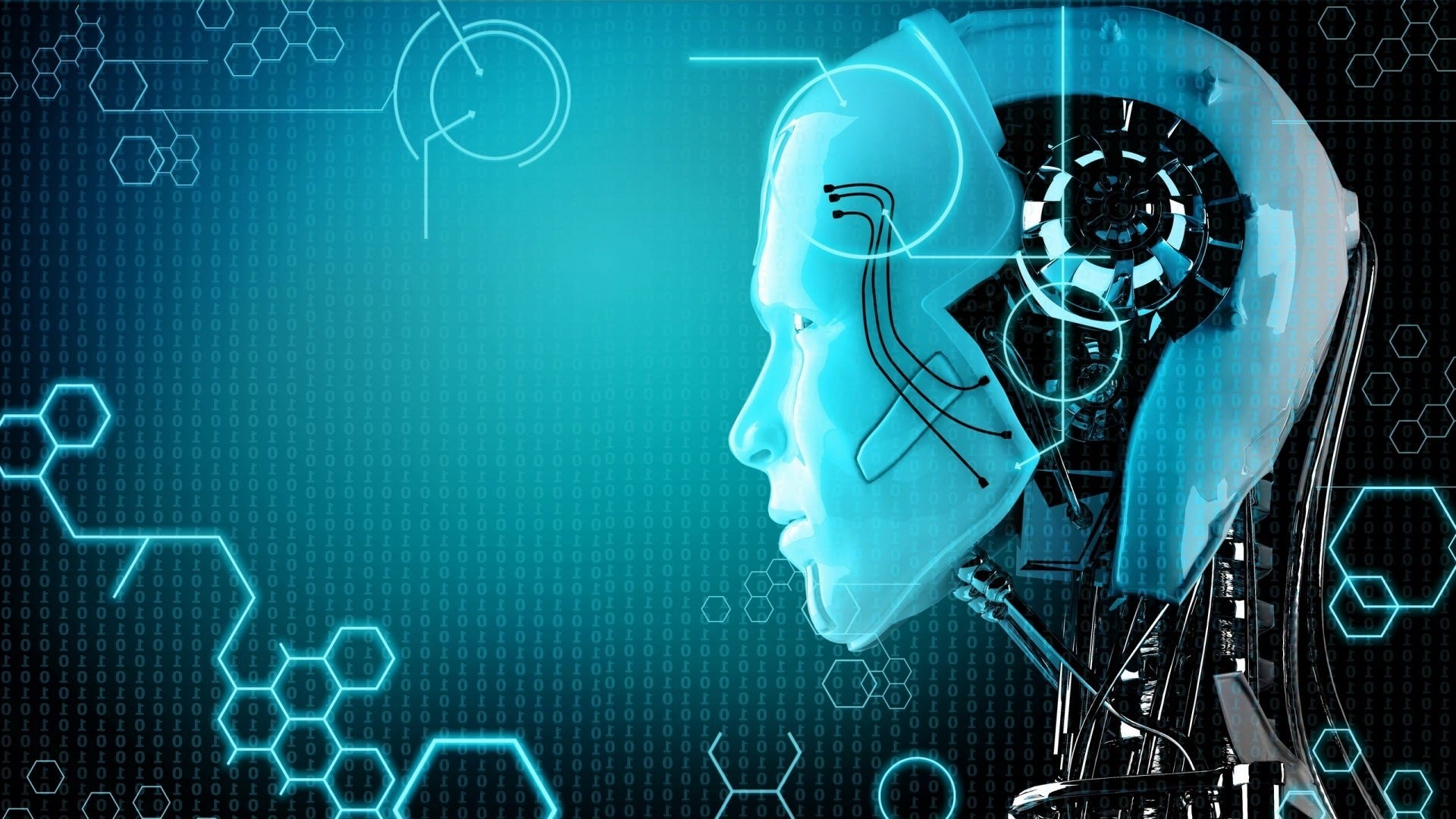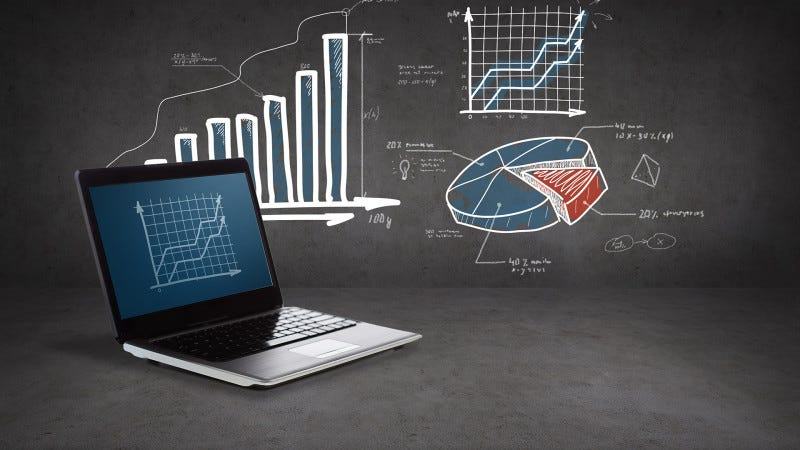Anvitech Solutions is a pioneering technology leader that works closely with utilities, industry, transportation and infrastructure customers to write the future of industrial digitalization and realize value.
At the core of any healthy economy is manufacturing. However, competing in an increasingly globalized market as a manufacturer can be quite difficult indeed. One way to get an edge and maintain your market share is through the adoption of new technology.
Technology is one of the reasons for this resurgence. We are seeing the rise of automation and robotics in many sectors. Some restaurants now are using robots to deliver food and are deploying self-ordering kiosks for customers. There are driverless cars in California, Washington, and Texas. Amazon now has around 15,000 robots who work along its 50,000 humans.
The number of industrial robots is rising. In 2013, there were 1.2 million robots in factories and warehouses. The total rose to 1.5 million in 2014 and is expected to increase to 1.9 million next year. Japan leads the way in use of industrial robots with over 306,000 robots in use, compared to 237,000 in North America, 182,000 in China, and 175,000 in South Korea and Germany each.
Robots are getting more sophisticated and adept at performing complex tasks. The cost differential with humans is narrowing, to the advantage of robots. The Wendy’s restaurant chain recently announced that it was introducing self-service kiosks for ordering in its 6,000 restaurants.
Estimates for labor cost savings in various countries through automation and robotics now are averaging around 16 percent in industrialized nations. But places such as South Korea have seen 33 percent cost savings, and Japan has seen a 25 percent savings.
The convergence of these developments means that robots are helping to increase overall output and save money, but not helping to add jobs. In looking at data from 2010 to 2016, manufacturing has seen 10 to 20 percent increases in output, but only a 2 to 5 percent increase in jobs.
The following technologies are now disrupting manufacturing processes for factories of the future and they include :
1. ROBOTICS — AUTOMATION
Industrial robots have been around for decades, but their use is expanding and their numbers are rising. Global spending on robotics is expected to reach $67 billion by 2025, of which $24.4 billion will be in the manufacturing industry.
Robots are becoming more popular because they are getting more sophisticated and adept at performing complex tasks, meaning they can perform jobs previously assigned to humans. According to industry estimates, automation results in an average labor cost savings of 16 percent in industrialized nations.
Robotics allows manufacturers to achieve new levels of precision, productivity and safety that are impossible to achieve with just humans. Robots are consistent, tireless and safe when handling hazardous materials. Instead of healthcare, they require maintenance.
Not surprisingly, this technology has stalled job growth in the industry. While manufacturing output has gone up as much as 20 percent since 2010, the number of jobs has increased only 2 to 5 percent. The good news is that robots typically are assigned repetitive, mundane tasks, freeing up workers for more valuable jobs. They also create new jobs — those programming, monitoring and maintaining the robots.
2. 3D PRINTING — ADDITIVE MANUFACTURING

3D printing may still be in its infancy, but it is already revolutionizing the industry. The technology enables manufacturers to design and produce detailed components quickly, precisely and cheaply, making it easier for inventors, innovators and smaller companies to go global.
Also known as additive manufacturing, 3D printing uses advanced computer technology to produce solid objects from digital designs by building multiple layers of plastic, resin and other materials. Manufacturers are using 3D technology to develop new products, make prototypes, manufacture parts in small lots, reduce design-to-manufacturing and time-to-market times, cut waste and lower production costs.
The cost of additive manufacturing is going down, so it is just a matter of time before 3D printing is applied to broader uses and higher-volume production for items such as toys, electronic parts, medical devices and large structures such as houses and offices.
3. INDUSTRIAL INTERNET OF THINGS — SMART MANUFACTURING.

In a smart manufacturing plant, machines can “talk” to each other via the Internet and work together to reduce downtime, minimize errors, improve quality and lower labor, waste and production costs. This is robotics on steroids.
The Industrial Internet of Things (IIoT) is not science fiction. Advanced software and connectivity as well as low-cost sensors already are making it happen. Investment on smart manufacturing technologies is expected to reach $267 billion by 2020.
In addition to facilitating communication among devices, the IoT can collect, process and analyze data, manage equipment, regulate maintenance schedules, track inventory and measure performance, among other key functions. For example, data collected by the IoT can be used to determine how much energy it takes to make a product and how temperature and humidity affect a production line.
As the IoT develops, it will allow companies to monitor their entire manufacturing workflow, troubleshoot production issues, optimize performance and make decisions — all in real time.
4. ARTIFICIAL INTELLIGENCE LEARNING MACHINES

Along with robotics and the IoT, Artificial Intelligence (AI) is finding a home in the manufacturing industry as the technology evolves and becomes more affordable and as manufacturers discover applications for machine learning throughout the production process.
AI algorithms can do more than automate tasks — they can teach machines to make complex decisions involving custom product configurations, quality control (identifying defects, etc.) and predictive/adaptive equipment maintenance, among others. Unlike deliberate programming, which directs machines to do only what we tell them to do, AI algorithms enable machines to perceive data, discover meaningful patters and learn from experience.
In the supply chain, AI algorithms can perceive patterns of demand for products across time, geographic markets and socioeconomic segments while accounting for macroeconomic cycles, political developments and weather patterns. In predictive maintenance, sensors can track operating conditions and performance, learn to predict breakdowns and malfunctions and recommend or take preemptive actions.
5. BLOCKCHAIN TECHNOLOGIES — DECENTRALIZED DIGITAL LEDGER

Blockchain is a method of recording data and allowing it to be accessed, updated (not changed or copied) and shared by users of a network. This database functions like a digital ledger of transactions that is continually reconciled. It is not stored in any single location, so there is no centralized version of it anywhere that can be hacked.
Originally designed as supporting architecture for the digital currency Bitcoin, several industries are finding other applications for the technology.
In manufacturing, blockchain can create smarter supply chains capable of tracking every detail of a product’s journey, providing precise audit trails and real-time visibility of every part in the supply chain. Increased transparency would go a long way to protect operations from theft, fraud, counterfeit and cyber attacks and allow manufacturers to take calculated risks. Blockchain also can enhance the IoT by freeing it from having to connect, secure and oversee a large number of devices through a central cloud server.
Blockchain has the potential to radically change manufacturing; however, the technology is just emerging. First, manufacturers need to evaluate whether replacing existing infrastructure and legacy systems with blockchain will add value and result in a return on investment. Still, there is no question we will see more of blockchain in 2018.
6.Predictive Analytics

The rapid increase in computing power and cloud storage capabilities is also changing how manufacturers operate. This is due to the harnessing of the power of big data. Thanks to improved data storage capabilities, companies are able to amass huge amounts of data regarding products, customers, marketing and more that dwarf anything found on company servers in previous decades. This data can be leveraged into a strategic advantage in part thanks to predictive analytics.
Predictive analytics involves the analyzing of big data to make predictions and forecasts for future demand for products, trends in customer behavior and much more. Thanks to predictive analytics, manufactures will know when to produce products to maximize profits and how to get aboard big trends as they are just beginning to develop. The same technology can even be deployed to predict when parts in factory machinery should be replaced. It can increase the profit potential for a manufacturer several times over.
